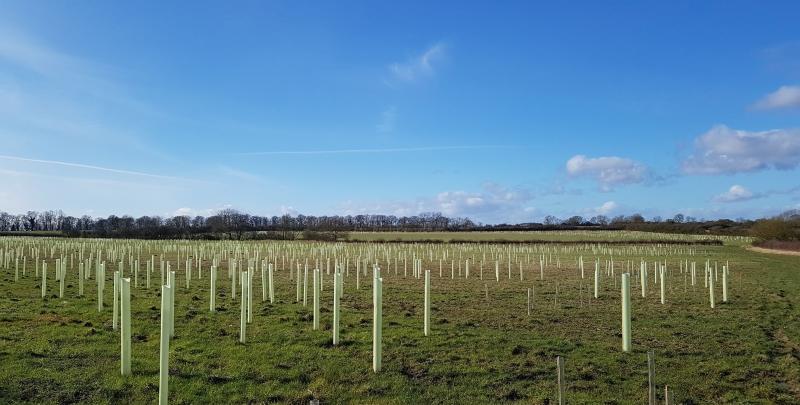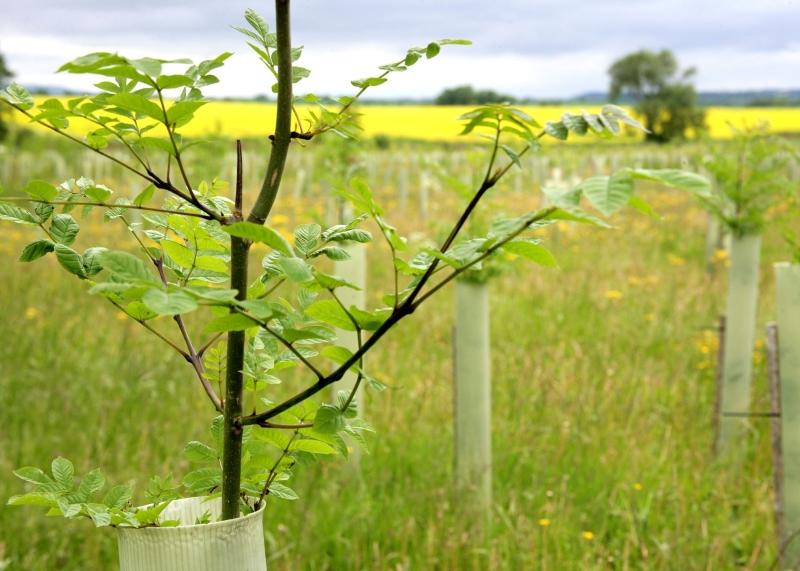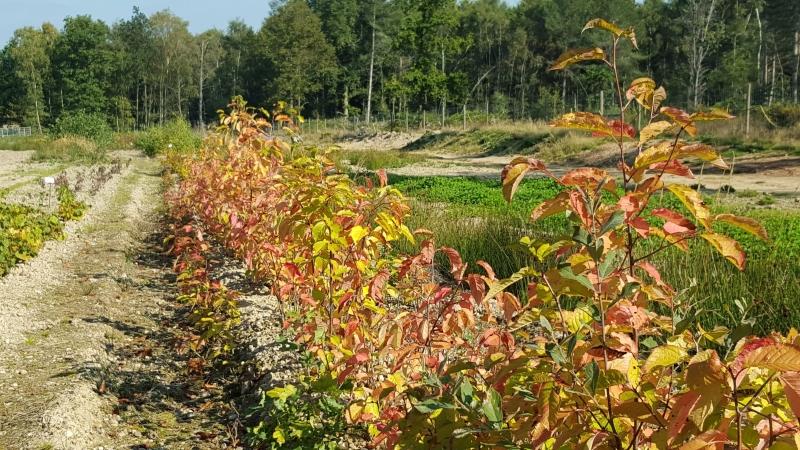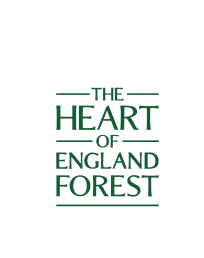
Tree planting success in the Forest
The tree planting season has finished and we achieved our target of planting over 60,000 broadleaf trees in new areas of the Forest, thanks to the hard work of our team and volunteers. The challenging weather conditions didn’t dampen their spirits, and we are hugely thankful to every single person who pulled on their wellies and helped to grow the Forest.
Planting tomorrow's great native woodland
We’ve come a long way since the first tree went in the ground in 1996. We have now planted a grand total of 1,883,928 trees across 4,052 acres of new woodland since the charity began. This new woodland creation forms part of the 7,000 acres of habitat mosaic that make up the Heart of England Forest.
Our forestry team worked hard throughout the season to ensure we met our tree planting target, ably assisted by our army of volunteers, schools, families, and corporate supporters. Each year we move a step closer to achieving our vision of creating and conserving a 30,000 acre Forest for the benefit of people and wildlife.
To achieve our ambitious vision we will need to plant 13 million native broadleaf trees, so we still have a long way to go, but at only 13% towards our goal we are already the largest new native broadleaf woodland in England.
Challenges we face due to climate change
It is safe to say that climate change is having dramatic effects on the world. It is continually reported that a new record has been set for the driest, hottest, wettest weather or the most violent storm since records began, all due to the steady rise in global temperature which has affected our weather patterns.
Here in the Forest we have not escaped the consequences. The challenges we face due to climate change means we must adapt how we grow and manage the Forest.
Tree planting and changing weather
The relentless rain and flooding through the autumn and winter of the planting season is the most recent weather event of many to impact us. Although this winter was wet, a more serious event occurred in the summer of 2018 when we lost over 73,000 young trees to the drought. In all our time tree planting we have never experienced such losses. We can routinely expect up to 10% mortality, but we usually only have in the region of 5%, so to lose around 50% to the drought was extremely upsetting.
In addition to the 63,432 trees planted in new areas of the Forest this season, our team and volunteers replaced 73,543 of the trees lost to the drought.
With drier summers and wetter winters predicted to become the norm, we must adapt our management of the Forest to mitigate the effects of climate change.

Growing the Forest of the future
In addition to more extreme weather events, the other main environmental factor to take into consideration when deciding how we grow the Forest for the future is pests and diseases.
Planting mixed broadleaf trees
We have been ahead of the curve with species choice, and our vision for a mixed broadleaf Forest planting up to 30 different species of trees and shrubs has produced a climate change resilient woodland.
Because we have a diverse mix of native broadleaf trees, if one species struggles another can take its place, whether it be affected by weather or pests and diseases.
The importance of seed provenance
However, we cannot be complacent, and seed source (provenance) will become more important quite quickly. Current thinking is that we should select seed from two degrees south of our planting location. For us that would mean seed selecting from the south of England or northern France, possibly as far south as Bordeaux.
We do not want to import pests and diseases into the UK, so all our stock is either grown by us or sourced from UK growers. This ensures that there is, what is known as, a bio-secure chain of custody. This is further backed up by plant passports, so we have documented proof of where the seed was sourced and grown.
There are several pests and pathogens that are potentially heading to the UK that could have a similar consequence to single tree species such as ash dieback, which is affecting our ash trees. There is an extra challenge here if we are to source seed from Europe in a bio-secure manner. Read about how we are protecting plant health in the Forest.

More than just tree planting
The tree planting season has finished, but maintaining the mosaic of habitats that make up the Forest is a year-round job for the team. Our forestry team now move on to footpath maintenance, to encourage visitors to access the hundreds of miles of public and permissive footpaths in the Forest, and meadow creation and enhancement, encouraging a diversity of wild flowers and nectar sources for our pollinators. The team also supports the wider team with biodiversity surveys, such as the weekly commitment to undertake butterfly transects across six locations so that we can map and monitor the impact of the Forest and habitat management on butterfly populations.
We are creating a Forest to help mitigate climate change, to encourage wildlife to thrive and for people to reconnect with the great outdoors. Will you help us? Find out how you can support our work.



